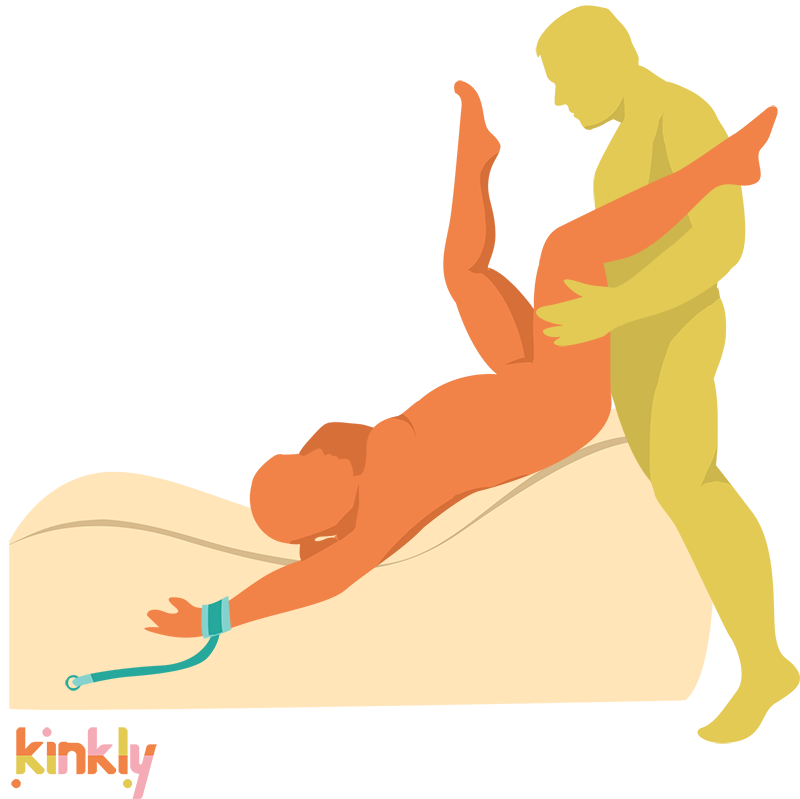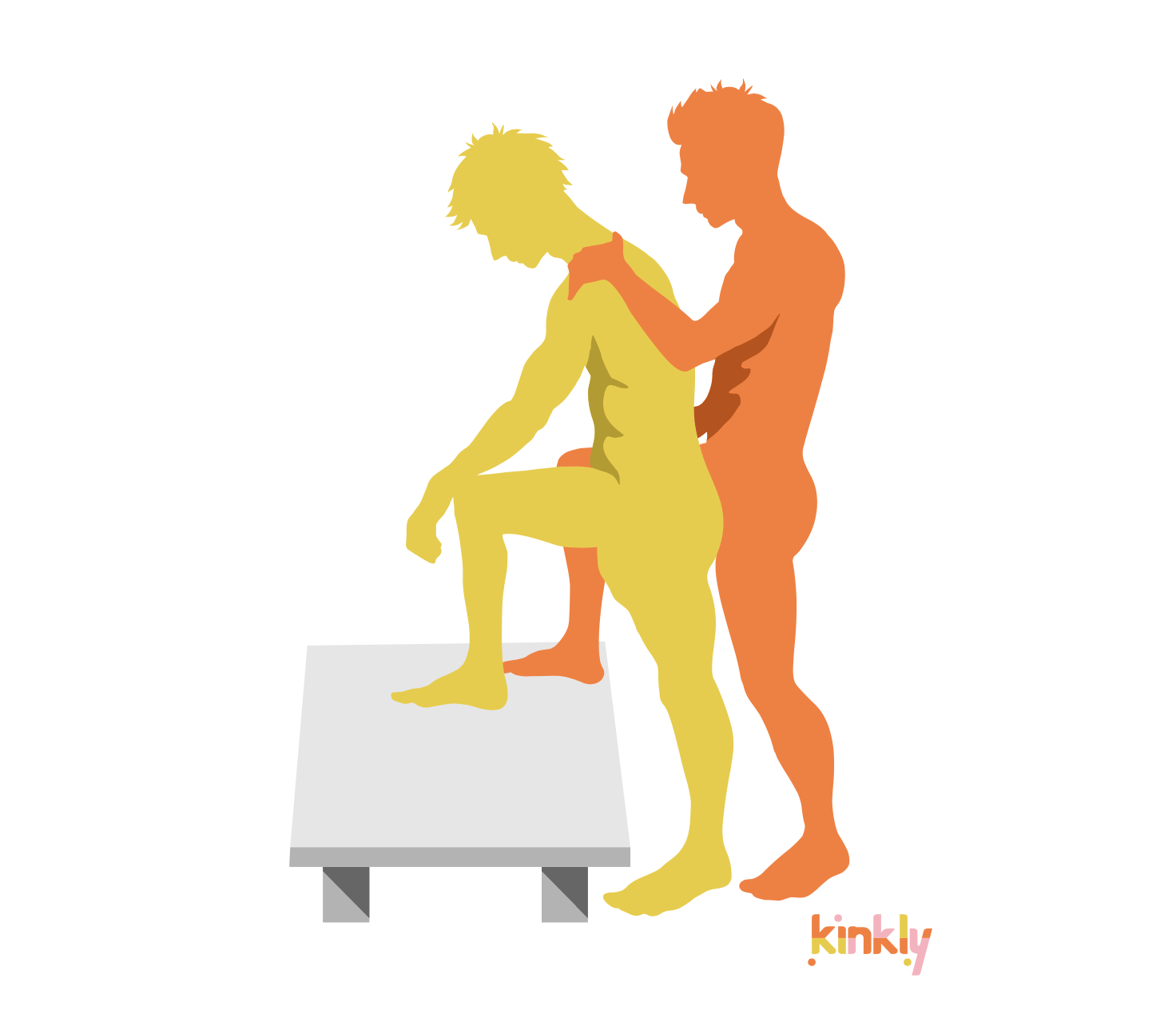The condition Klinefelter’s Syndrome occurs when male infants are born with an extra X chromosome. These extra chromosomes, present in every cell of affected infants’ bodies, cannot be removed. This extra chromosome has a range of different side effects, including many typically associated with women.
Klinefelter’s Syndrome is one of the most common chromosomal conditions, impacting approximately one in every 450 male infants. However, just a quarter of these cases are ever diagnosed.
Klinefelter’s Syndrome is often shortened to the acronym KS. It is also known as XXY Syndrome, as males with this condition have XXY chromosomes, rather than the standard XY.
More About Klinefelter’s Syndrome
While Klinefelter’s syndrome is a chromosomal condition and thus a genetic one, it is not inherited. It’s thought an error within the fertilized egg or when the developing baby’s cells divide may cause Klinefelter’s syndrome. Aging parents may be more likely than younger parents to have a child with Klinefelter’s syndrome.
The extra female chromosome gives men with the condition some feminine traits including low testosterone, small testicles, and enlarged breast tissue. They usually enter puberty later than other boys and don’t have all the changes their peers do without hormone therapy. Men with Klinefelter’s syndrome don’t produce sperm, leaving them infertile. Many also have problems with language, learning, and comprehension. Men with Klinefelter’s syndrome are more likely to develop a raft of health problems including osteoporosis, lung disease, breast and testicular cancer, leukemia, thyroid disease, and sleep apnea.
Boys with Klinefelter’s syndrome often look like other boys. As their cognitive problems may have other causes, the condition usually isn’t detected the teenage years, when affected boys do not develop as their peers do. Diagnosis usually occurs in adulthood via chromosomal analysis and blood tests. A late diagnosis can be troubling for male sufferers. Early diagnosis is preferred, as boys can receive the treatment and support they need to function at their best.
Medical intervention can help men with Klinefelter’s syndrome manage their condition and live happy, healthy lives. Many men receive testosterone therapy to elevate their male hormone levels and complete puberty. This treatment strengthens their bones, grows muscle, and helps their voices deepen and their facial hair grow. Many opt for cosmetic surgery to reduce the size of their breasts. Reproductive technology can help men with Klinefelter’s syndrome become fathers.
Klinefelter’s syndrome does not impact a man’s sexual orientation or function. Most men with Klinefelter’s syndrome form healthy relationships and have normal jobs and relatively normal lives.


















